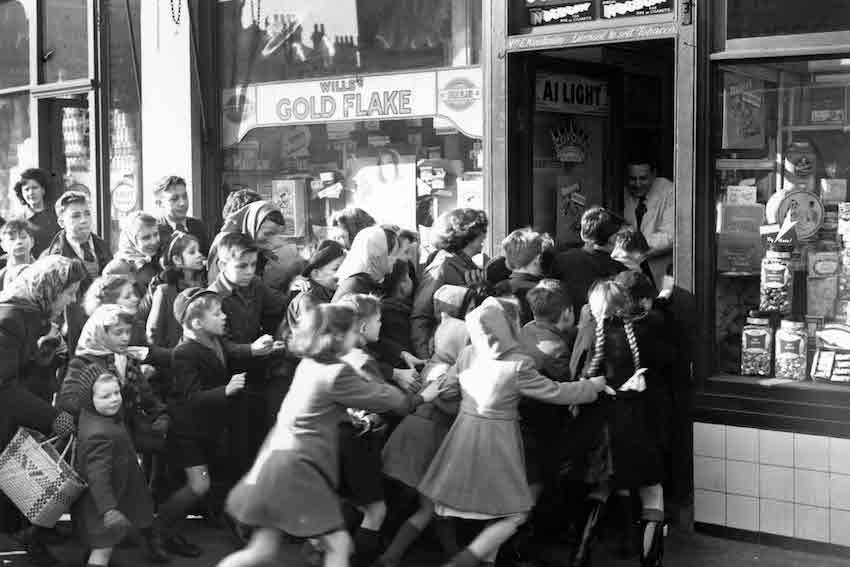While Black Friday has a jovial undertone to it, referencing the excitement in recent years around finding great shopping deals, the actual history of Black Friday’s origin isn’t as upbeat.
Rather than a shopping holiday, it was a financial crisis in 1869 that was first dubbed “Black Friday”. Two notoriously ruthless Wall Street financiers, Jay Gould and Jim Fisk, corroborated to buy up as much as gold as they could in order to drive the price up, and then sell it all at its peak. On that Friday in September 1869, the conspiracy finally unraveled, sending the stock market into free-fall and bankrupting everyone from Wall Street barons to farmers.
The term wasn’t used as much for a while, but it resurfaced in the 1950s, where “Black Friday” became the phrase the Philadelphian police used to describe the chaos that ensued on the day after Thanksgiving. This was due to the hordes of shoppers and tourists that flooded into the city ahead of a big Army-Navy football game which was held on that Saturday every year. Not only would the cops not be able to take the day off, but they would have to work extra-long shifts dealing with the additional crowds and traffic. The huge crowds and chaos also led to shop-lifting and looting, causing more trouble for the police.

Of course, the term “Black Friday” evolved into something a little more innocuous as the years went on, with retailers repurposing the term to highlight how profitable the post-Thanksgiving period was, allowing struggling retailers operating at a loss (“in the red”) suddenly earning big profits (“going into the black”). Hence, to try and swing the negative connotations of “Black Friday”, started using it to emphasise their change in fortunes and highlight big sales.
This ‘retail’ version of the Black Friday story seems to be the most talked about, with the term’s darker roots in Philadelphia being mostly forgotten. Since then, the one-day sales bonanza has evolved into a four-day event, and spawned other “retail holidays” such as Cyber Monday.



